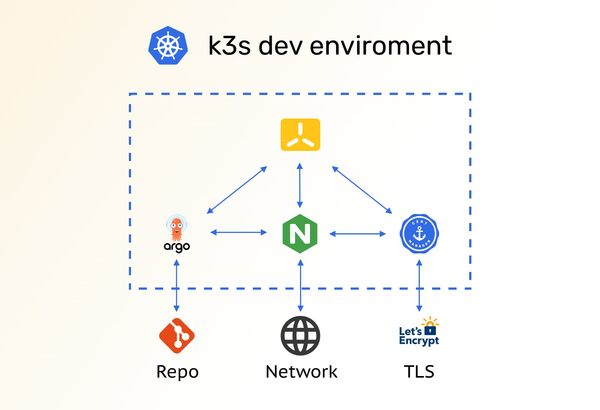Mastering Agile in IT Security Projects: Balancing Flexibility with Compliance

Agile methodologies have transformed IT project management, enabling rapid development and iterative improvements. However, in IT security projects, agility must be balanced with regulatory compliance and risk management. Successfully integrating Agile in security projects requires careful planning and execution.
The Need for Agile in IT Security Projects
Security threats evolve rapidly, making traditional project management methods less effective. Agile allows security teams to:
- Respond quickly to emerging threats.
- Continuously improve security measures rather than relying on periodic updates.
- Enhance collaboration between security, development, and operations teams.
Key Challenges of Agile in Security
Despite its advantages, Agile introduces challenges in security projects, including:
- Regulatory Compliance Risks – Security frameworks like ISO 27001, NIST, and GDPR require structured processes that may conflict with Agile’s iterative nature.
- Security in Continuous Deployment – Rapid releases increase the risk of vulnerabilities if security is not embedded in the development lifecycle.
- Lack of Security Expertise in Agile Teams – Agile teams often focus on speed and delivery, sometimes neglecting security best practices.
Best Practices for Integrating Agile in Security Projects
1. Embed Security in the Development Lifecycle
- Adopt DevSecOps principles to integrate security from the start.
- Use automated security testing tools in CI/CD pipelines.
- Implement secure coding practices to minimize vulnerabilities.
2. Ensure Compliance Without Slowing Down Agile Teams
- Maintain compliance checklists aligned with frameworks like NIST and GDPR.
- Use Agile-friendly compliance tools that automate documentation and audits.
- Conduct regular security sprints to address compliance gaps.
3. Foster a Security-First Mindset in Agile Teams
- Provide security awareness training for Agile teams.
- Assign Security Champions within Agile squads to advocate best practices.
- Encourage cross-functional collaboration between security and development teams.
4. Leverage Agile Security Frameworks
- Use models like SAFe (Scaled Agile Framework) for Security to balance agility with risk management.
- Implement Threat Modeling in early sprint planning sessions to anticipate security risks.
5. Automate Security and Monitoring
- Utilize AI-driven security monitoring tools for real-time threat detection.
- Deploy Infrastructure as Code (IaC) with security policies embedded.
- Implement Zero Trust Architecture to minimize unauthorized access risks.
Final Thoughts
Agile methodologies can significantly enhance IT security projects, but only if security is embedded from the beginning. By adopting DevSecOps, leveraging automation, and ensuring compliance without sacrificing agility, organizations can achieve both security and speed in their IT projects.





